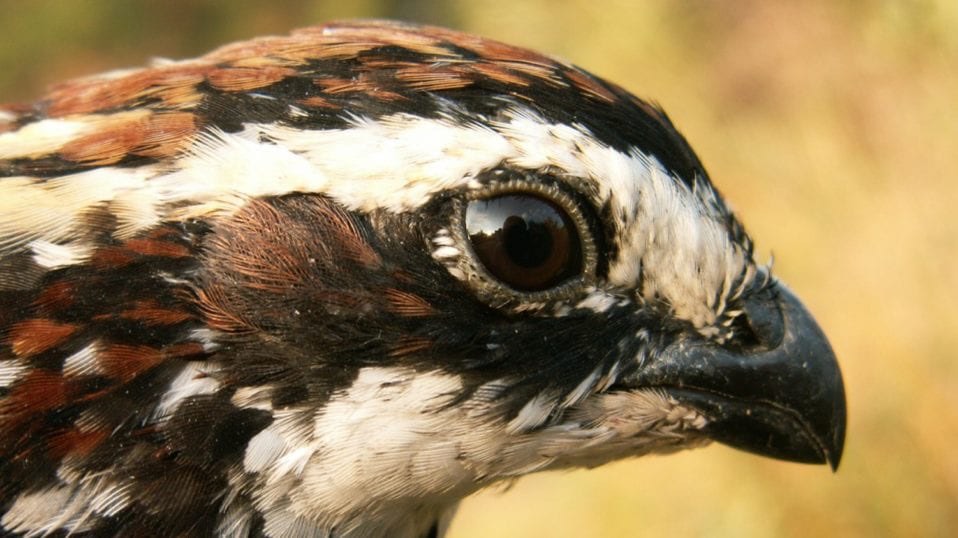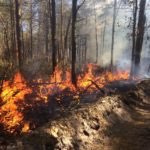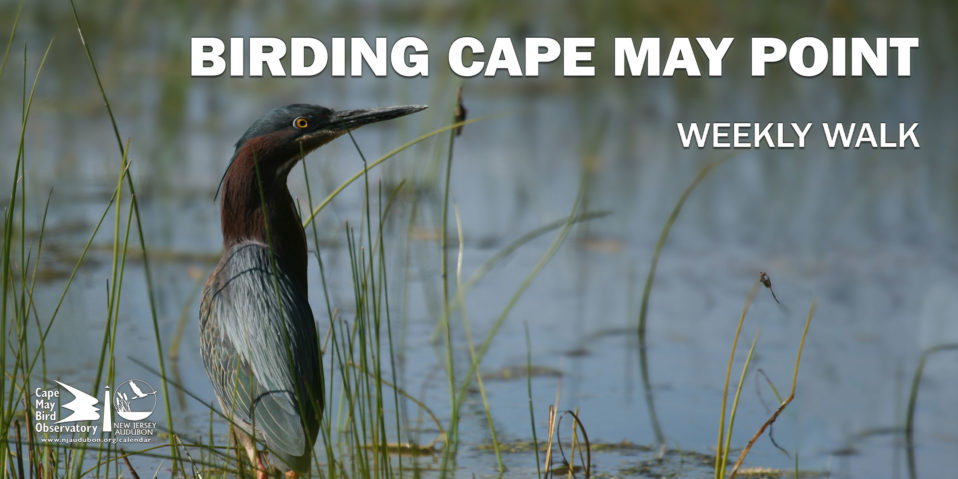(March 2018, Chatsworth, NJ): For the fourth
consecutive yea r wild Northern Bobwhite quail were translocated from Georgia to the New Jersey Pinelands, as part of a multi-state initiative to re-establish Northern Bobwhite in the Mid-Atlantic States. Lead by New Jersey Audubon, with project collaborators Tall Timbers Research Station & Land Conservancy, Pine Island Cranberry, Pine Creek Forestry, the New Jersey Division of Fish and Wildlife and the University of Delaware, 80 Bobwhite were released at the Pine Island study site where they will be tracked as part of the ongoing study.
r wild Northern Bobwhite quail were translocated from Georgia to the New Jersey Pinelands, as part of a multi-state initiative to re-establish Northern Bobwhite in the Mid-Atlantic States. Lead by New Jersey Audubon, with project collaborators Tall Timbers Research Station & Land Conservancy, Pine Island Cranberry, Pine Creek Forestry, the New Jersey Division of Fish and Wildlife and the University of Delaware, 80 Bobwhite were released at the Pine Island study site where they will be tracked as part of the ongoing study.
“We’re so pleased to see this fantastic project carry on for another year and are glad our forest stewardship continues to benefit the woods, water, and wildlife,” said Stefanie Haines of Pine Island Cranberry Company.
This year’s release has a particular focus on population survival and breeding dynamics in a concentrated area. Unlike previous years of the study (2015-2017), where translocated birds were split into coveys and spread out over the 14,000-acre study site and tracked, all 2018 translocated birds were released in one area to help “boost” the population density in a concentrated area of optimal habitat. This area of optimal habitat has supported quail and their offspring from prior years, releasing all birds into a focal area produces a higher density of birds. That higher density of birds should help overall survival by increasing covey size, mating opportunities, nesting and hatching.
“We are pleased with the preliminary results of the study,” said John Parke, Stewardship Project Director of New Jersey Audubon. “But we are very curious how this release will influence the bird’s overall survival and breeding, considering the higher quail density in an area that continues to support Bobwhite from previous releases and the offspring of those translocated birds.
 Research on Northern Bobwhite in other states has indicated that low densities associated with translocation may have implications for quail reproduction by limiting pair formation (i.e., decreased probability of locating a reproductive partner), can be more vulnerable to predation and have higher group movement leading to lower survival, especially where there is a large degree of unpredictable fluctuating environmental conditions (i.e., weather patterns we have been experiencing in NJ over the past few years, and more recently this March).
Research on Northern Bobwhite in other states has indicated that low densities associated with translocation may have implications for quail reproduction by limiting pair formation (i.e., decreased probability of locating a reproductive partner), can be more vulnerable to predation and have higher group movement leading to lower survival, especially where there is a large degree of unpredictable fluctuating environmental conditions (i.e., weather patterns we have been experiencing in NJ over the past few years, and more recently this March).
Translocation is one of the tools in the species recovery “tool-box” with many aspects of translocation requiring careful evaluation. Examples include evaluating the time of year birds are translocated, release density, presence of quail already on site, health and genetics of the translocated source population, minimization of stressors, and type of release “hard” (bird immediately introduced into a new environment) vs. “soft” release (birds acclimated in a pen prior to release) to name a few. These details are critically important and can significantly influence the success of the release, but without sufficient and suitable habitat that is properly managed translocation cannot be successful.
Many times, the perception of releasing an animal through translocation is often viewed as the “saving short cut” to solving the problem of extirpation and/or boosting existing populations. This idea of essentially “Robbing Peter to Pay Paul” does not hold up, especially for Bobwhite recovery given the vast factors contributing to the species overall population decline range wide. Fragmented landscapes, urban sprawl, predation, succession of native grassland and young forest ecosystems, presence of non-native invasive vegetation, climate change factors, and modernized farming practices are just some of the obstacles that must be considered and evaluated; as well as onsite habitat quality, existing species population, and long-term land management planning when translocation is being considered.
The importance of habitat management and stewardship as part of this project cannot be outshined by the spectacle of releasing a wild bird. Simply put, creating and maintaining quality habitat is the real key to success not just for quail, but for many other native species (plants and animals).
“There is so much underlying variability inherent in biological systems, which often makes their study difficult through short-term “snapshot” research projects,” said Philip Coppola, University of Delaware Graduate Research Assistant. “This fourth consecutive year of translocations will add essential data to the project, allowing us to more accurately describe the population dynamics of Bobwhite in New Jersey. Increasing our knowledge and understanding of all the elements influencing quail survival and success will increase effectiveness and efficiency during large-scale reintroduction efforts in the future. We will gain perspective on what truly are the limiting factors in bobwhite reintroduction and address the probable causes of their initial functional extirpation within the state; thus, this research also has implications for their national conservation and recovery. Additionally, this fourth year provides field training and development for even more entry-level wildlife biologists in the Mid-Atlantic, who will be instrumental in regional wildlife conservation efforts in the future.”
ANSWER THE CALL and help support the New Jersey  Audubon Stewardship Department’s work on the Quail Translocation Project, by making a tax deductible donation to https://community.njaudubon.org/pages/quail-restoration-initiative-donation-page
Audubon Stewardship Department’s work on the Quail Translocation Project, by making a tax deductible donation to https://community.njaudubon.org/pages/quail-restoration-initiative-donation-page
Photos by Jim Sloan (NJDFW) and John Parke (NJ Audubon)










